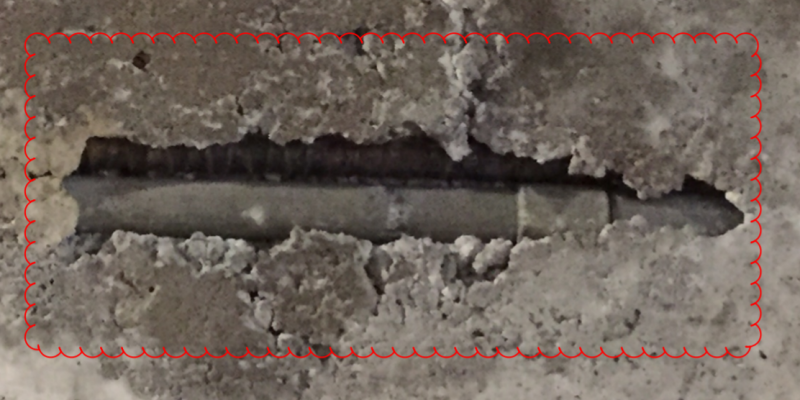KHoff
Structural
- Aug 20, 2013
- 60
I recently worked on the structural design for a renovation project for a cast-in-place concrete building built in 1965. The renovation project is currently under construction, and as you might expect they are finding numerous issues as the concrete structure is exposed. I received an RFI with the attached photos showing rebar exposed on the underside of some concrete joist/beams. The RFI states "Throughout the building there are multiple scenarios where rebar is exposed either in a concrete beam or in the bottom of the slab". My initial thought was this looks like the result of pour concrete placement during the initial construction, not the result of a structural failure. If this condition occurs at a large number of locations patching this concrete would come at a large cost to the owner. Of course, in a perfect world the concrete would be patched so the beams can function as intended. I would like to hear the opinions of other engineers on whether or not to recommend patching the concrete. Would there be long term concerns if the concrete is left as is? Any input is much appreciated

![[idea] [idea] [idea]](/data/assets/smilies/idea.gif)
![[r2d2] [r2d2] [r2d2]](/data/assets/smilies/r2d2.gif)
